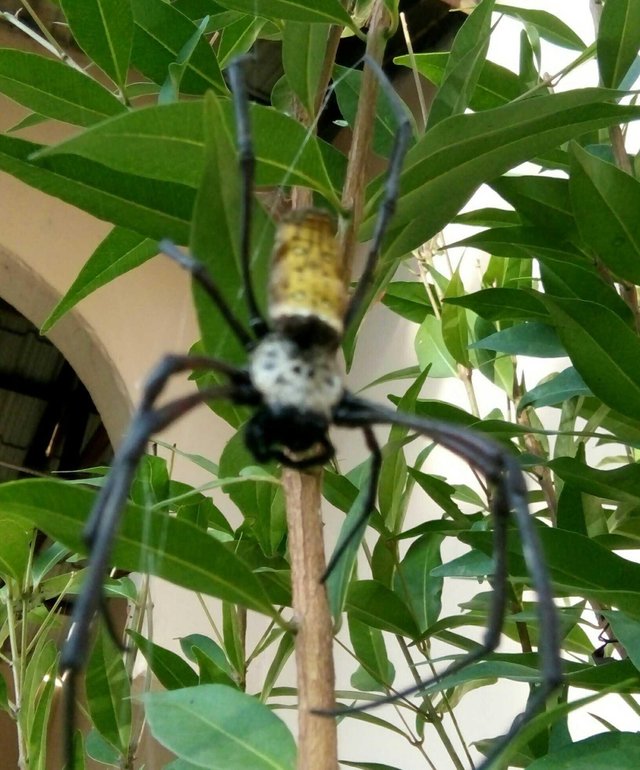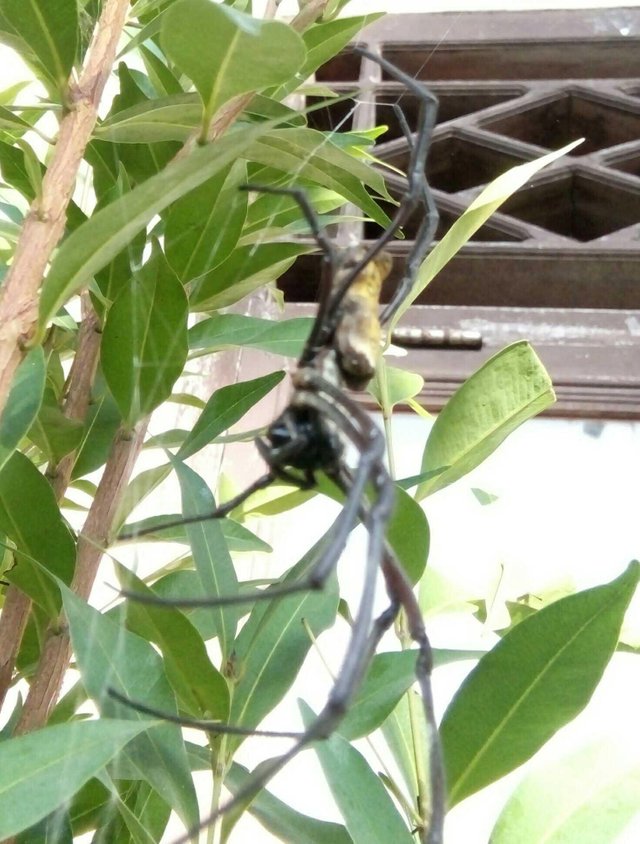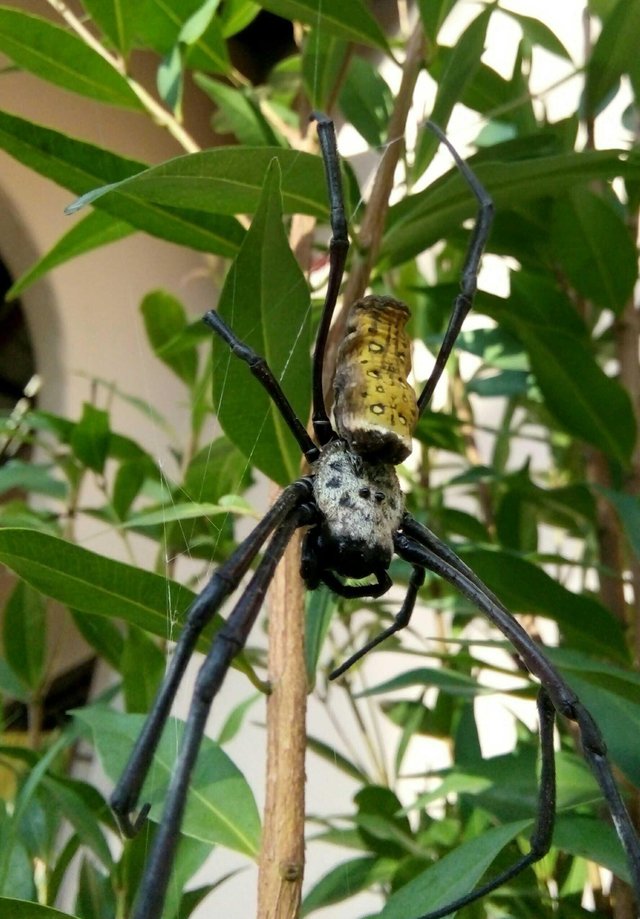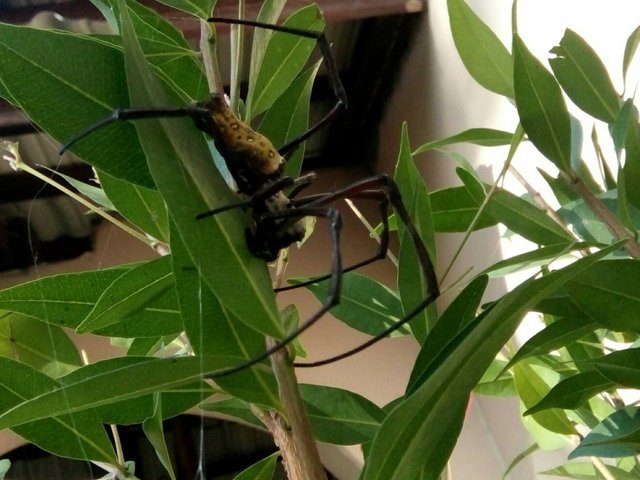photography animal & photography profit profit




The distinctive character of the spider's physical is to have two body segments. The front part of the body is called a cephalothorax or prosoma that is a combination of head and chest. While the back of the abdomen (stomach) or opisthosoma. The link between the cephalothorax and the abdomen is a thin membrane called a pedicellus.
Anatomy of the spider. Source: Wikipedia
Generally, the spider does not have good eyesight, alias can not distinguish colors. It is only sensitive to darkness and light. To mark the presence of its prey, the spider relies on the vibrations that exist in its sail net. Or also on the land, water, and the place where he lived.
Here are 9 types of the most unique spiders on the planet as quoted by Live Science.
Bat-eating spiders
Bat-eating spider. Photo: Yasunori Maezono, Kyoto University, Japan
According to researchers, this type can be found all over the world, which about 90 percent live in warm climates. Bat-eating spiders are scattered in many countries, including Australia, Japan, and India. The female, her body can reach a length of 8 inches (20 cm), which this size far exceeds the male. This spider is known as a bat-eater who is trapped in his net.
- Goliath birdeater (Theraphosa blondi)
Goliath birdeater (Theraphosa blondi). Photo: Piotr Naskrecki
This creature is believed to be the largest spider in the world dubbed The South American Goliath birdeater (Theraphosa blondi) of Guyana. The giant spider's leg span reaches 12 inches (30 cm) weighing 170 grams or the size of a puppy, as the scientists say. His footsteps will be heard as he approaches, as we hear horses stomping feet to the ground.
Keep in mind, this type has a 2-cent long fangs that can bite at any time. Despite his name Goliath birdeater, but he is not not identical to eat birds, because basically, he will attack whatever he faces.